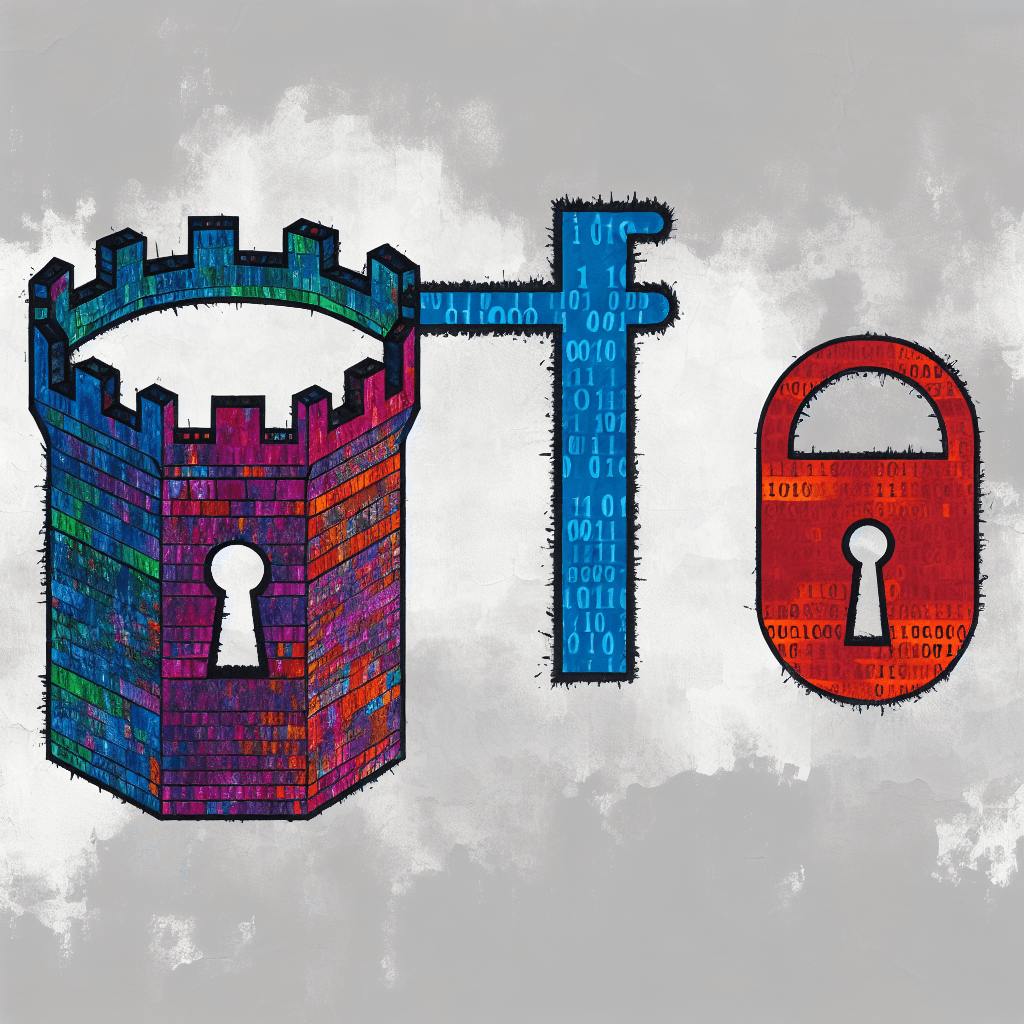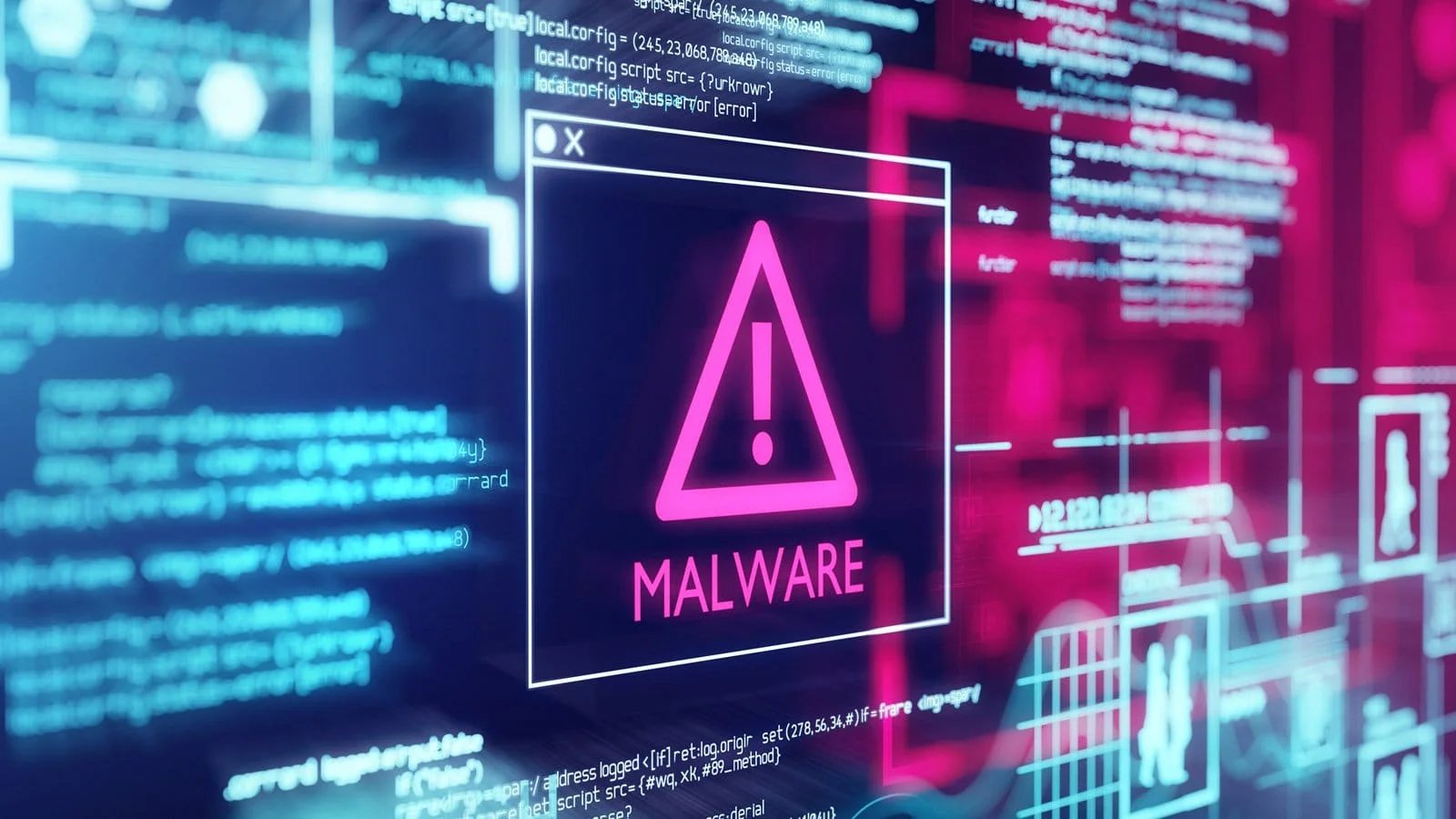The latest headlines tell a story we’ve heard too many times before. More than 600,000 people in healthcare, and millions in the luxury retail world, now face the fallout of data breaches. It’s a stark reminder that hackers are creeping closer to our most personal information, even in places we believe to be safe. For a seasoned CISO, these headlines are more than just news—they’re a call for sharper, smarter cybersecurity leadership. They reveal how critical it is for organizations to understand their vulnerabilities and act with urgency.
Yes, the breach at Goshen Medical Center affected hundreds of thousands. That’s not just a number. It’s lives disrupted and trust broken. Meanwhile, luxury brands like Gucci and Balenciaga lost control over customer data, despite claims they avoided financial leakage. These stories show one thing clearly: cybercriminals do not discriminate. They go after what’s easiest, what’s most lucrative. To ignore this truth is to invite disaster. That’s why CISO thought leadership needs fresh insight into how we defend the age of AI and its ever-evolving threats.
And the trouble doesn’t stop there. Hackers like ShinyHunters, exemplified here, are becoming more sophisticated. Their work isn’t just about theft but also about exposing weak links in our defenses. Their successes suggest that many organizations still lag behind in information security in the age of AI. They undergird the need for CISOs to share more than just technical knowledge—they must challenge old ideas, push for resilience, and foster a cybersecurity leadership that values proactive measures over reactive damage control.
Lessons in Less Noise, More Action
Reading these stories, one can’t help but notice a pattern. The breaches happen despite the growing awareness of cybersecurity risks. Organizations pour money into their defenses but still stumble. It highlights a harsh truth — cybersecurity isn’t just about tools, it’s about leadership. It’s about understanding that security is a continuous effort requiring CISO expertise in risk management and incident response.
Major hacks reveal gaps in even the most promising strategies. Sometimes, it’s about poor password hygiene. Other times, it’s a failure to properly update systems, or an overreliance on legacy security approaches. The message for all of us? Stay vigilant. Invest not just in technology, but also in people who know how to think like attackers. Because if you don’t, breaches like these will keep happening.
This is why the role of a CISO must evolve. It’s no longer enough to be a protector of systems. Today, a CISO must be a thought leader—championing cybersecurity leadership that evolves hand-in-hand with innovations like AI. As cybercriminals leverage new tools, so must we. A strategic, nuanced approach to security is the best armor we have.
In the end, these headlines are more than stories—they’re warnings. They call all of us to sharpen our focus, deepen our understanding, and lead with purpose. Only then can businesses and healthcare institutions hope to safeguard their data and, ultimately, the trust of those they serve.
Mitigating Cyber Risks for Long-Term Stability
Success in cybersecurity is not just about emulating successful companies; it’s about understanding the underlying principles of their success and failures. This understanding helps in developing a more nuanced and effective security posture that addresses both current and emerging threats.
Keep these key insights in mind:
- Implement robust access controls. Limit data access to essential personnel only.
- Conduct regular security audits. Identify and patch vulnerabilities promptly.
- Use encryption for sensitive data at rest and in transit. Protect information from unauthorized views.
- Educate staff continuously. Foster awareness about phishing and social engineering tactics.
Each of these steps stems directly from principles in ‘Building Resilience in the Age of Digital Transformation’. They emphasize proactive measures to withstand evolving threats, thus ensuring sustainable data security amidst rapid digital change.
From the Author
In the face of growing cybersecurity threats, the importance of collaboration cannot be overstated. By pooling resources and expertise, professionals and organizations can develop more comprehensive and effective defense mechanisms against this escalating problem.
On my website, I make it a point to highlight stories like this to enrich my writing process and bring meaningful narratives to a wider audience. If you found this article engaging, you might enjoy other stories in the Management section or Small Business section.
For further Cybersecurity insights, check out the Cybersecurity section.
To check the original story Click here
Stay Up-to-date
Stay informed on the latest cybersecurity strategies and tools, check out Google Cybersecurity Certification.
AI-Cyber-V2







